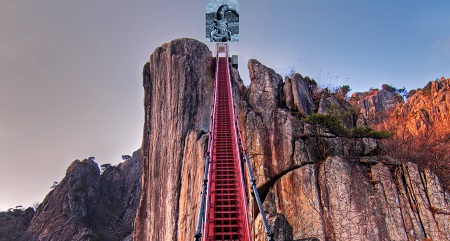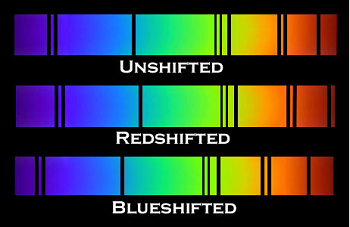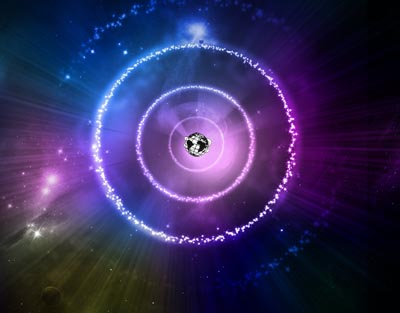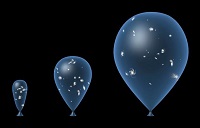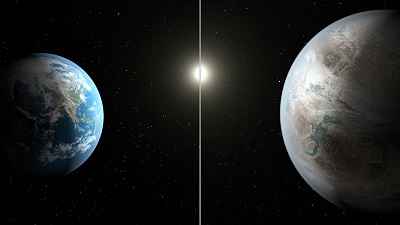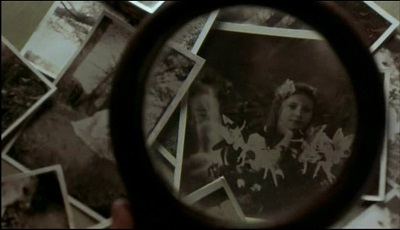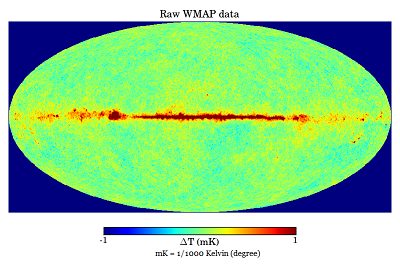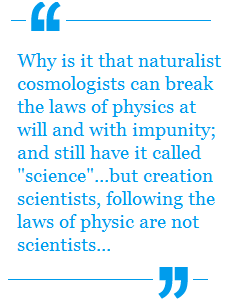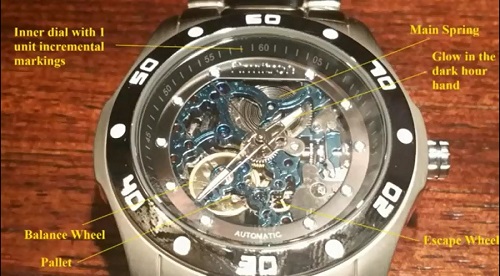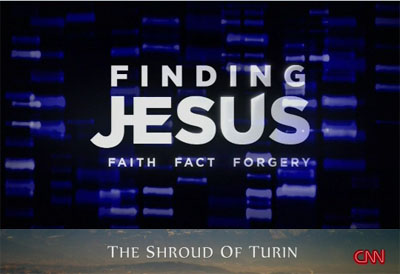| Evolution’s Mr. Improbable is really Mt. Impossible |
I’ve exposed many of the tricks, logical fallacies and games that evolutionists play and use to try to convince themselves and others that the patently false theory of Darwinian evolution is what they claim: the “factual” account of the origin of man and all life. But when I came across these outrageous claims that are so clearly false, yet delivered with such arrogance and a deep belief in absurd statistical claims, I couldn’t help but wonder if these evolutionary evangelists intentionally ignore the obvious problems in order to convince themselves and others; or if they are so blinded by evolutionary dogma that they really can’t see the problems with what they’re saying.
Whichever the case, evolutionists tend to disbelieve any evidence that contradicts their theory, but a failure to believe valid evidence doesn’t make the evidence wrong. What it actually does, is place a burden of proof on the disbeliever to demonstrate why their interpretation of the data is better than another. Here is where evolutionists tend to leave the bounds of reality for flights of fancy into the world of Wonderland logic – where you can make any irrational claim you’d like, and believe it’s true. Because in the looking glass world of evolutionary theory – stories of how things happen don’t actually have to work in the real world. Since everything requires millions of years and can never be proved anyway; it just has to look true and sound true to like minded believers when they look at through the evolutionary looking glass. Unfortunately for evolutionists, not everyone looks at evolution through the looking glass. For those who prefer to stay grounded in reality and not follow the evolutionists down their rabbit hole, it’s not hard to spot the many problems and fallacies and point them out, as I will do here. Continue Reading

